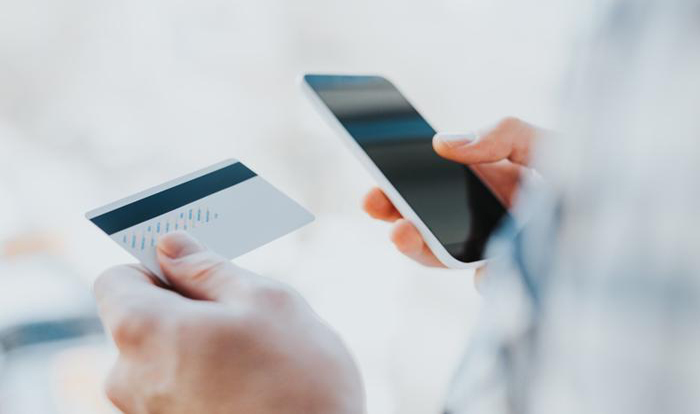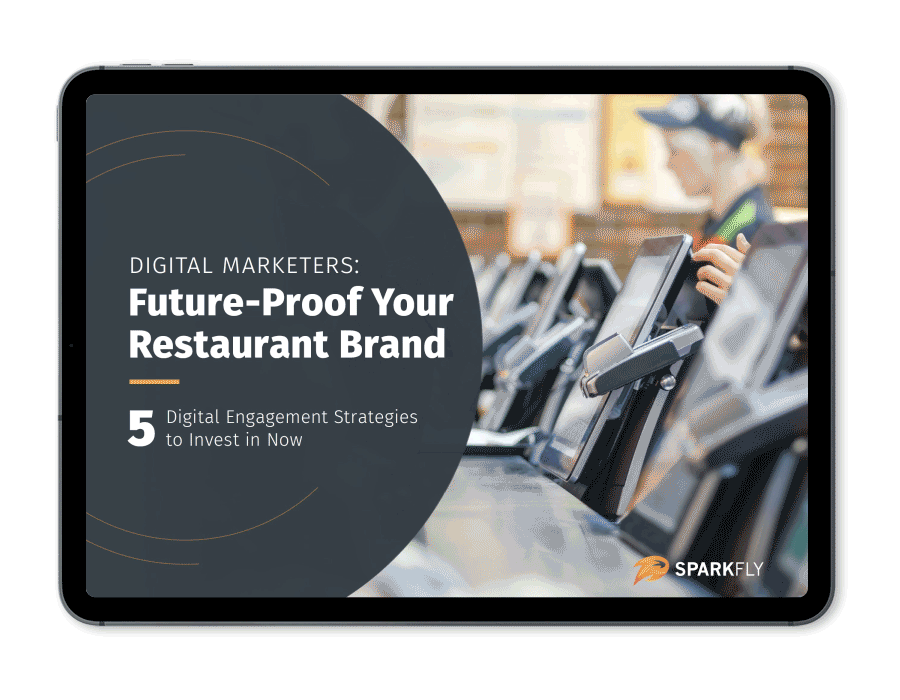The Coca-Cola Company introduced the first coupon in 1887–a free glass of cola valued at five cents. Over the next 25 years those handwritten coupons amounted to 8,500,000 free drinks, a gamble of more than $425,000. But it paid off. By 1895, Coca-Cola had graduated from an Atlanta drug store fountain drink into sales in each of the then-44 states.
Retailers have long looked at discounts and promotions as key components of their marketing strategy for attracting new customers and rewarding loyal adopters. Technology has been a useful partner in that regard, offering campaign opportunities across email, websites, online ads, social media, mobile ads and apps.
And as long as retailers have extended offers, consumers have shopped around for the best deals. Technology has been a boon for customers, too, enabling them to opt out of time-consuming tasks like clipping coupons and scanning weekly paper circulars and instead conduct online searches to quickly compare offers.
Now, with so much of our purchasing power focused online, a new generation of browser extensions have eliminated the need for consumers to manually seek out savings–they’re delivered right to their door. You’ve probably heard of at least one of these: Shopper, Capital One Shopping (formerly Wikibuy), Guru, RetailMeNot Genie. While the technology behind these services provides obvious benefits to consumers, it can have both positive and negative impacts on the retailers involved.
As an example, let’s take a look at the current market-leading app, Honey.
How it works and what it means for the consumer
Honey can be installed as a web browser extension or downloaded as a mobile app. The program then works in the background while users shop online to instantly alert them to the best available offers, lets them create a “Droplist” so they get updates on price reductions on particular products and, while shopping on Amazon, alerts them to competitor deals that factor in Prime benefits and shipping costs.
If that’s not enough of an incentive, there’s Honey Gold–a loyalty program available on more than 4,500 sites (including eBay), allowing shoppers to automatically earn up to 20% back on purchases and earn Gold that can be redeemed for gift cards. Like the app and extension, enrollment is free; Honey makes money from special user offers and retailer commissions.
The instant and automated nature of Honey is not only convenient, it’s compatible with more than 30,000 shopping platforms, providing a broad range of aggregated and updated information for consumers. And according to Honey users receive, on average, a 17.9% discount on their purchases and amass an average $126 in yearly savings. Naturally consumers appreciate opportunities to save money when they can, but particularly during the economic uncertainty of COVID-19, savings like these can add up.
There’s also the matter of consumer confidence. With digital security and online fraud as major modern concerns, new users to Honey will undoubtedly be comforted by the fact that there are 17 million users. And in January 2020 trusted global digital payment veteran PayPal added Honey to its family of consumer purchasing services.
What it means for retailers
The opportunities discounts and special offers afford to retailers haven’t changed: introducing new product lines, clearing inventory, re-engaging former customers, attracting new customers. Yet as much as Honey and similar savings apps may aid in these goals, they also pose risks, because aggregators aren’t segmenting audiences like a targeted marketing campaign would.
For shoppers already familiar with a retailer, unrestricted offers are now available to any and all customers. Regular customers may stumble upon discounts for items they were already planning to purchase, or may develop the habit of waiting for discounts, further cannibalizing a retailer’s income.
The scope of distribution Honey offers has a potentially negative impact on supply chain and fulfillment capabilities as well. An unexpected increase in demand could be disastrous without downstream preparedness. Is there enough product to meet demand? Is there sufficient means and lead time to create more? Is there adequate labor to handle order processing, production and distribution? If there’s a failure in one or more of these areas that derails customer satisfaction, what’s the net result to a retailer’s business?
To mitigate the effects of apps like Honey and its competitors, retailers need to think judiciously and be even more strategic about their approach to discounts and special offers:
- Narrow the playing field where your business is concerned. Tie your coupons or codes to specific items, product categories or channels to reduce the wide swath cut by open-ended deals.
- Issue discount codes with an expiration date, and a short redemption window at that. Not only does this limit the lifetime of that offer on the Internet, it adds a sense of urgency for the consumer base you were originally targeting.
- Take control of your high value offers and promotions by leveraging unique coupon codes to combat unwanted distribution and mass redemption through technologies such as Honey.
- Consider providing coupons rather than codes. These coupons could be used to reward existing or prospective customers via email or accessed solely through their online accounts. Coupons could also be used to draw in new customers through an email registration requirement.
Convenience, coupled with our collective desire to “get the best deal,” has led to the creation of technologies like the ones driving Honey to such success. Admittedly this is great for consumers, but retailers will inevitably suffer profit loss as sales cannibalization looms ever closer. Pressure from both consumers and competitors is high, but it’s important for retailers to focus on their own goals and growth strategy–if a discount program is not aligned to your plan and available resources, it’s not going to be sustainable for your business.
If you really want to maximize reach and availability, put a tracking mechanism in place to capture individual consumer purchase behavior. That type of data is invaluable for crafting personalized outreach and your next best offer distribution, ensuring that what you’re offering is appealing to your target market. If you’re going to give something away, make sure you gain your own sweet rewards in the end–knowledge that transcends any single fleeting transaction and instead supports your ongoing and future consumer advocacy and loyalty efforts.
[White Paper] Digital Marketers: Future-Proof Your Restaurant Brand – 5 Digital Engagement Strategies to Invest in Now


